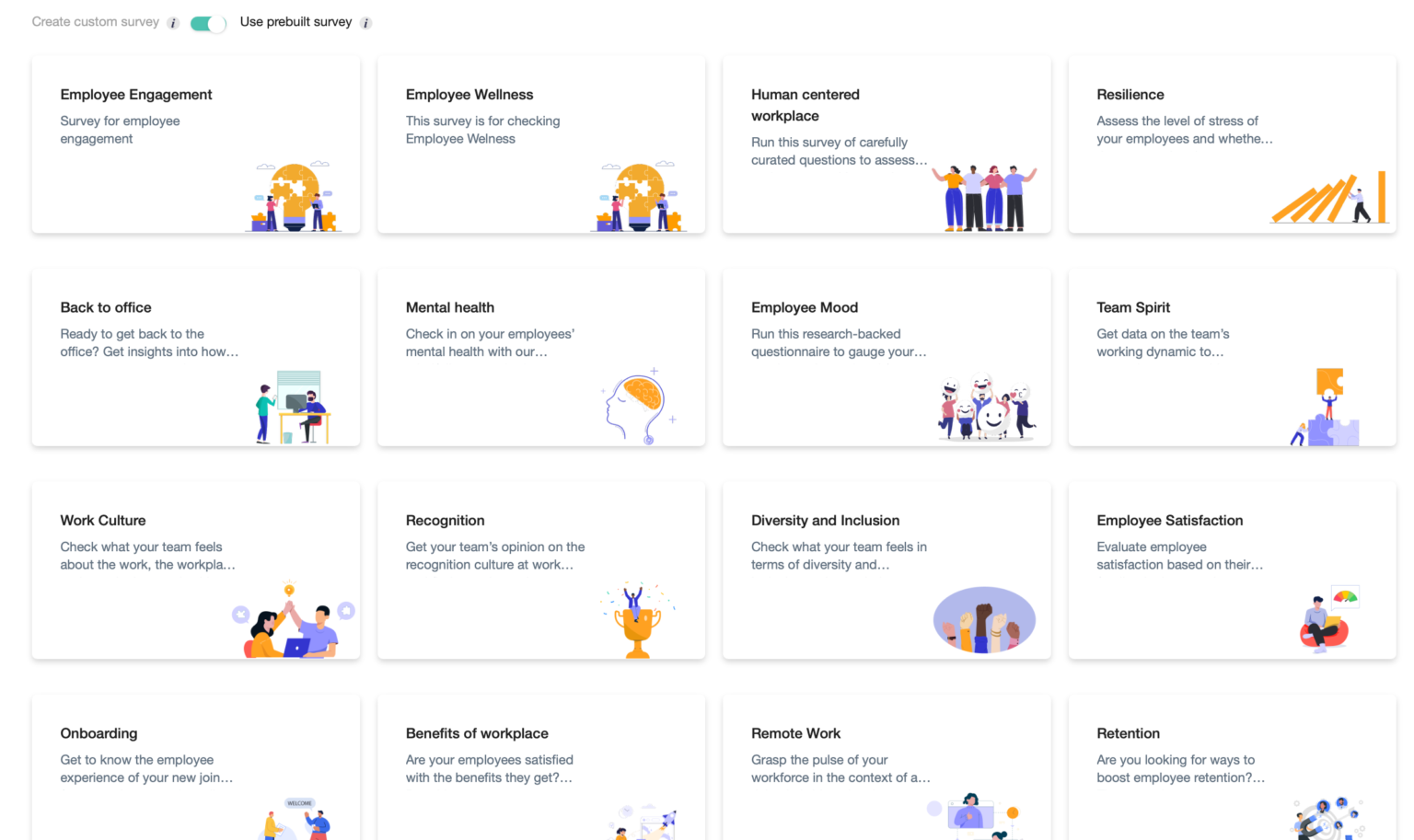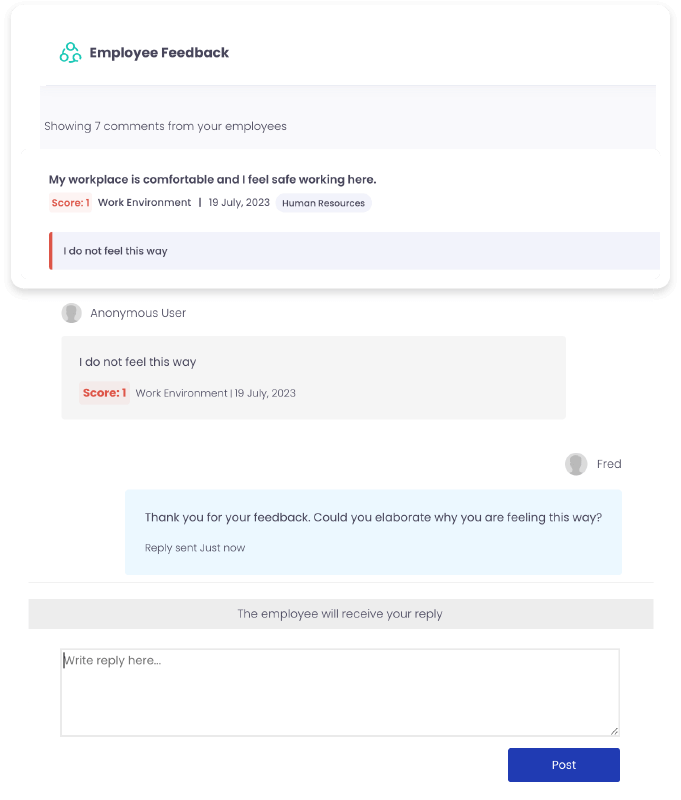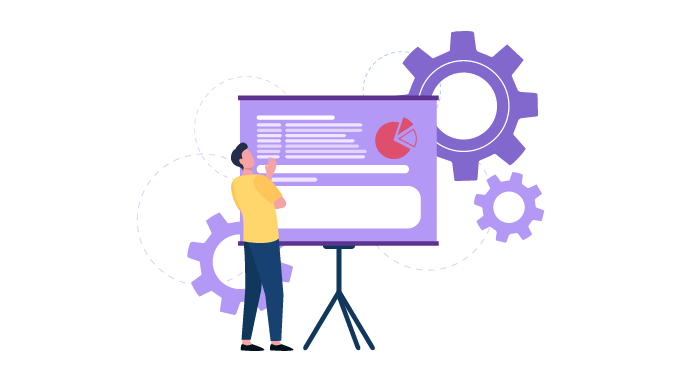5 Practical Tips To Develop An Innovation Culture
In the fast-paced and competitive world of business, cultivating an innovation culture is paramount for organizations seeking to thrive and stay ahead of the curve. An innovation culture is more than a buzzword; it's a collective mindset and set of practices that ignite creativity, encourage experimentation, and foster a fearless pursuit of fresh ideas.
However, it’s easier said than done. Numerous factors are at play in bringing about new changes. Some are more evident than others.
In this article, we’ll highlight the steps to creating a culture of innovation and creativity.
Key Takeaways
- Concept of Innovation Culture
- Importance of Innovation Culture
- Challenges with Innovation Culture
- Techniques to build Innovation Culture in the workplace
What Exactly Is Innovation Culture?

According to the Government of New Zealand, innovation can be defined as:
The creation, development, and implementation of a new product, process, or service improve efficiency, effectiveness, or competitive advantage.
An innovation culture promotes continuous organizational change. It prioritizes developing ideas, strategies, and skills for both workers and executives. It is a work environment where creativity is nurtured, risk-taking is supported, and individuals are empowered to challenge existing norms and think outside the box.
In an innovation culture, collaboration and open communication are promoted, enabling diverse perspectives to converge and spark groundbreaking advancements.
Why is Innovation Culture Important?

Innovation culture is a mindset. It lies in the day-to-day activities that an employee or leader undertakes. Even the most menial of tasks can be elevated through innovation.
A company culture that fosters innovation has become a priority for many businesses:
- Innovative ideas and processes can turn a business into a differentiator.
- Innovation is a strong reason people want to work at a particular company.
- Innovative corporate culture is proven to make people happier, more engaged, and more productive.
Take, for example, the global giant Unilever. To combat hiring biases, Unilever announced an immersive AI program to help them fine-tune the recruiting process.
Instead of sending CVs and cover letters, applicants complete a series of mental games to assess individuals' traits. The qualified candidates then participate in recorded interviews, which are analyzed using machine learning algorithms.
This example well reflects the power of innovation. Innovation is the foundation of the development of a fair, respectable, and enriching organizational culture.
Challenges with Innovation Culture

Everything comes at a cost, including innovation and creativity. Unlike other business operations, the innovation process is not mapped out. That in itself leaves a lot of room for error.
While each company promotes innovation projects, the following basics get overlooked:
- Resistance to Change: Overcoming the inertia of established practices and inspiring employees to embrace a new way of thinking can be a significant hurdle.
- Risk-Averse Environment: Fostering innovation often involves taking calculated risks, but risk-averse cultures may discourage employees from venturing into uncharted territory.
- Lack of Resources: Insufficient funding, time, and access to necessary tools and technologies can stifle innovative initiatives.
- Hierarchical Structures: Rigid hierarchies may impede the free flow of ideas and hinder collaboration between different levels of the organization.
- Siloed Departments: Limited communication and collaboration between departments can hinder the sharing of knowledge and innovative ideas across the organization.
According to McKinsey, over 85% of innovation practitioners consistently observe fear as a barrier to innovation.
5 Ways To Build An Innovation Culture
Even the most creative people would hesitate to show their skills in a workplace that doesn’t want to evolve. To inspire innovation in teams and team members, here are some practical tips for you to use:
1. Incentivize

Rewards and recognition have proved to be an excellent motivator for employees. People want to be respected and rewarded for their work. The need for recognition is further intensified when it comes to new innovations. Giving people their due credit is a necessary step that companies should not ignore.
Capture the innovative actions that employees do on a day-to-day basis. Issue a company-wide statement detailing the task and publicly thank the employee. This will inspire the employees to improve their performance and set a precedent for the behaviors you want others to display.
Many companies today use Rewards and Recognition platforms to their advantage to encourage a culture of innovation among their employees. These platforms are innovative, efficient, and customizable, thus meeting all requirements.
Vantage Circle is one such player in the field of R&R. The platform can be white-labeled as per the company's branding. With features like customizable badges, a manager’s gifting wallet, and an engaging social feed, you can recognize your employees with both monetary and non-monetary rewards.

The platform allows you to choose whether you would like to recognize your employees in a team setting or before the entire company. This allows you to boost employee motivation and performance further, leading to an increased innovation culture.
To learn more about how Vantage Circle can help you with rewards and recognition, explore here or contact us for a free demo.
2. Psychological Safety

An employee may devise a brilliant idea but be reluctant to share it with the team members and the boss. The reason? Fear of not having the support they need.
A total lack of psychological safety will make all your innovation efforts go down the drain. An uncanny fear will stifle employees and their creative streaks.
People will most certainly be afraid to step out of their comfort zones.
A psychologically unsafe workplace will not only hamper innovation but also affect engagement, productivity, and morale. Eventually, employees will start to leave, and the employee turnover rate will skyrocket.
Luckily, the signs of such a company culture are easy to spot.
- Employees rarely share any new ideas or thoughts.
- General lack of enthusiasm at work.
- Gossip, favoritism, and conflicts seem to take center stage.
- The turnover rate is unusually high.
To foster innovation, it’s necessary that people feel psychologically safe to bring their authentic selves to work. When employees feel the freedom to be who they are, they are more likely to put forward better ideas. Also, take more calculated risks, and contribute more to their team goals.
To assess whether employees feel safe in the workplace, many companies are using survey tools. These survey tools allow the company to frequently send survey questions and gather feedback in order to improve the work environment.
Vantage Pulse is one such survey tool that allows you to conduct employee surveys and measure its effectiveness. Vantage Pulse offers a wide range of predefined and customizable templates.

Using the customizable template, you can create your custom survey questions about workplace safety -
- Are you satisfied with the support and resources provided to you for managing your workload and responsibilities?
- Have you witnessed or experienced any form of harassment, discrimination, or bullying in the workplace?
- Are you aware of the company's policies and procedures for addressing psychological safety concerns?
Moreover, Vantage Pulse also enables you to gather anonymous feedback from employees. The platform allows you to reach out to employees to follow up on their feedback on the survey questions.

Employees then receive an email with their response, to which they can reply and have an anonymous conversation.
To learn more about how Vantage Pulse can help you with employee surveys, explore here or contact us for a free demo.
3. Encourage Side Projects

Did you know that the hugely popular free images site Unsplash was developed as a side project? The team was almost running out of money when Unsplash took off? This is a great example of innovation and tenacity that I love to include wherever possible.
When people utilize their creativity, great things happen. Gmail and Youtube are Google’s side projects and changed the course for humanity (at least for millennials). There are multiple reasons why side projects are beneficial to everyone.
For employees, they get the chance to work at something that they love. People will start to be more engaged, creative and look forward to coming to work. The increased autonomy gives employees a feeling of empowerment and more confidence in their abilities.
For leaders, providing side-project options will demonstrate a higher degree of employee commitment and morale.
- Dedicate a portion of employees' work hours specifically for side projects. This could be a certain number of hours per week or month, allowing them to work on personal projects within the company's time frame.
- Ensure that employees have access to the necessary resources and tools to pursue their side projects effectively. This could include access to software, hardware, training materials, or mentorship.
- Celebrate the completion of successful side projects and acknowledge employees' efforts publicly.
As a result, loyalty and confidence will grow in the company. These positives will ultimately boost their performance during their regular work schedule.
4. Innovation Processes

Sometimes innovation needs a push in the right direction. Today’s companies use multiple innovation processes to ensure that people are constantly working on their creative abilities and skills. An example of this is how many tech companies conduct infamously tough hackathons such as Facebook Hackathon.
Customized workshops and boot camps are also popular to influence creativity in teams. In these events, each group is given a problem to solve and a period (usually 2-3 days) to develop a legitimate solution.
These teams generate several ideas, select the most probable one, test the framework conditions, and build prototypes.
Microsoft Garage, an extracurricular program designed for all Microsoft employees, launched many notable projects. Whiteboard app that is used for brainstorming and as a blank canvas, and Snipping Tool app to take easy screenshots and annotations were born in Microsoft Garage. Later these apps were made a part of Microsoft Windows.
5. Upskilling

Innovation can not only be driven by the right ideas. It needs to be guided by the required creativity techniques and individual skills.
Upskilling, learning, and development are the trifecta of boosting an innovator’s performance. Innovation leaders need to ensure that workers are provided with all three of these factors to enhance their sense of innovation and creativity.
Given the proper training through the required workshops, employees will gather the relevant information and skills to transform their ideas into reality. It will encourage them to enhance their work performance while showcasing their creative talents.
Companies can also provide online learning resources or Learning Management Systems (LMS) platform that centralizes training materials, manages learner progress, and tracks completion and performance.
Moreover, by offerring tuition reimbursement to employees, company can encourage employees to enroll in courses to help them upskill in their respective roles.
Listen to this podcast to learn about Why Upskilling and Reskilling are the future of workplace.
Finally
While everyone wants to create an innovation culture, it will require time, effort, and encouragement on your part. Does your company use any new techniques to promote creativity and innovation? Please drop us a mail and share your thoughts with us!
FAQs
How can a company promote innovation among its employees?
Companies can promote innovation by incentivizing employees, creating a psychologically safe workplace, encouraging side projects, implementing innovation processes like workshops or hackathons, and providing upskilling opportunities for employees.
What are the benefits of recognizing and rewarding innovative actions?
Recognizing and rewarding innovative actions motivate employees to continue generating creative ideas and solutions. It fosters a culture of appreciation, increases employee morale, and sets positive examples for others to follow.
How can side projects contribute to an innovation culture within a company?
Side projects provide employees with the opportunity to work on projects they are passionate about and explore their creativity. Allowing dedicated time for side projects fosters a sense of empowerment and autonomy, leading to increased engagement and innovation in the workplace.
Are there any examples of companies with successful innovation cultures?
Yes, companies like Google, Unilever, and 3M are often cited as examples of organizations with successful innovation cultures. These companies prioritize creativity, experimentation, and employee-driven initiatives to foster innovation.
What are some practical steps for leaders to encourage innovation among their teams?
Leaders can encourage innovation by being open to new ideas, promoting a culture of experimentation, providing resources for creativity, supporting risk-taking, and recognizing and celebrating innovative contributions.



















